I was fifteen years old when THE BLING RING came out at the Regal at MacArthur mall in southern Virginia (RIP). Fifteen is not old enough to purchase a ticket to an R-rated film without the presence of a parent or guardian, so I bought a ticket to MONSTERS UNIVERSITY and then just went to see the new Sofia Coppola film anyway. I’m a criminal mastermind. I was around the age that the real bling ring teens were when they first started robbing celebrities’ houses in 2008, amassing loot worth an estimated three million dollars. I already loved LOST IN TRANSLATION and THE VIRGIN SUICIDES, but THE BLING RING, Coppola’s adaptation of Nancy Jo Sales’ Vanity Fair article detailing a series of heists on celebrities’ homes by a group of Califionia teens, was instantly on a whole new level for me.
I immediately went out and bought Sleigh Bells’ album TREATS.
When I was a kid, I thought the Bling Ring teens were the most badass motherfuckers on the planet. They’d somehow unlocked the cheat codes to life—designer clothes, drugs, cash. As much as they wanted, all at their fingertips. It didn’t matter that they were stealing; in fact, it made it way cooler. Why were those high profile celebrities leaving their doors unlocked anyway? Flaunting that level of unconscionable wealth on television and then leaving your keys under the mat—they were asking for someone to rob them, so those kids did. A few filthy rich people lost some clothes and some cash, so what? Maybe those bored rich kids robbing celebrities was even “woke,” a Robin Hood-like rebellion against the even-more-rich signaling that these kids were somehow deserving of the life they wanted.
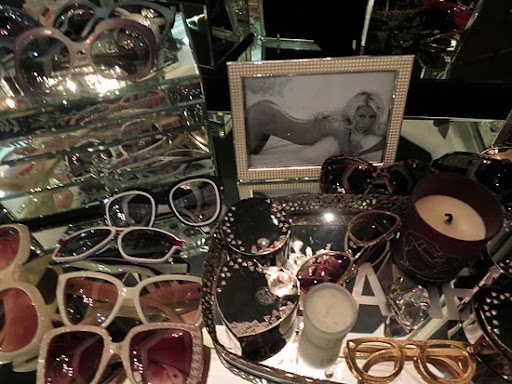
As a (slightly) smarter, less angry adult, I see a bunch of scared, entitled, drug-addicted kids who were so obsessed with an image of what “cool” is that they were willing to give up their freedom for it; a clearly closeted kid who longed so deeply for connection he ignored all the warning signs indicating that this debauched time in his life could never last forever. I’m not looking to psychoanalyze each member of the Bling Ring, as that was never Sofia Coppola’s intention with her film (Netflix released their own Bling Ring documentary in 2022, where a few of the real members shared their stories). It’s bigger than that. THE BLING RING traverses the same effects that the internet and celebrity culture had on teenagers like myself in the mid aughts to early 2010s.
The kids were just shy of being able to use Instagram, as the social media platform was invented in 2010, but social media already was a tool that was being used both to their advantage and their disadvantage. It’s funny now to watch the kids post pictures of their stolen goods in Facebook photo albums from their nights spent at the club; it’s even funnier, and also somehow even more poignant, to watch “a black and white Photo Booth video of a pudgy teen gay lip-syncing to “Drop It Low” (to quote noted film scholar Hari Nef). No one else could have made this movie but Sofia Coppola because she understands the feminine impulse to dance alone in your room in front of your laptop, no matter the era, better than any other director. These are practices that feel so dated now that they might as well have been sending carrier pigeons. Maybe it’s a more apt metaphor to think of them as cavemen painting on the walls, unsure of where the impulse to express themselves came from, but expressing themselves nonetheless. The Bling Ring teens are essentially the blueprint for how a lot of teens express themselves online today. And the ending? A warning.
“Dated” is too simplistic of a label for THE BLING RING; that would be like calling MARIE ANTOINETTE dated because the film takes place in late 1700s France. Any film made today about how teenagers interact with technology might seem “dated” in ten years, but does that make it any less important to document? THE BLING RING is a time capsule, an early indication of a trend that now beats us over the head every day, every time we go on our phones. With the right “taste” and mindset (and tax bracket), anyone can be an online influencer. At the time of THE BLING RING’s release, the internet was beyond the niche forums of the early aughts, but still not what it is today. Before the playing field of “cool” was truly leveled by Instagram and Twitter, there were only one or two avenues to take to be cool: close proximity to Y2K “It” girls Paris Hilton and Lindsay Lohan was certainly the fastest highway to cool in 2008.
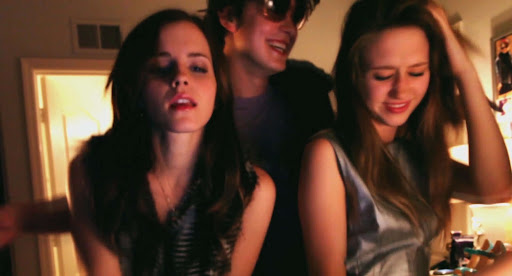
Nowadays, culture is a snake that eats its own tail at the speed of light, and there are a million and one ways to be cool online. Don’t fit into the “clean girl” aesthetic, popularized by Hailey Beiber and the Hadid sisters, which has dominated the cultural mainstream for a couple years now? Maybe you would feel more comfortable as a cottage core girl, or a “weird” girl, or a dark academia girl, or a rockstar’s girlfriend, or even a tomato girl (which seems to be the latest thing for fashion girls on TikTok, although I’m sure there will be something new by the time this is published). No, I didn’t make any of those up, and yes, I am too old to know what those trends mean. If stills from THE BLING RING are all over your mood boards, there’s a good chance you’re a Y2K girl. Are there simply more types of girls now than there were ten years ago, or are teen girls more comfortable expressing their true selves online now that the internet is a more “democratic” place? Or are these all means, dressed in fancy new packaging with more variety, to the ultimate end: branding yourself for financial gain and media attention, as Nicki does at the end of the film, as the real Alexis Neiers did. No one wants to work anymore. Everyone wants to be a brand ambassador.
Perhaps even more than Coppola, whose last two features THE BEGUILED and ON THE ROCKS left something to be desired (still holding out for PRISCILLA), cinematographer Christopher Blauvelt has had a hot streak worth examining in the ten years since THE BLING RING. Now, he’s probably best known for his collaborations with Kelly Reichdart, like FIRST COW and SHOWING UP. In addition to Coppola’s inherent understanding of dangerous female impulses, it’s Blauvelt’s striking visual artistry that sets THE BLING RING apart from other stories about teenage debauchery. One shot in particular tells the whole story: flanked by the blinking lights of Los Angeles, Rebecca and Marc scurry into Audrina Patridge’s house, not yet knowing that this will be the robbery that will lead to their incarceration. They run from room to room, as the camera slowly zooms in on the house, all knowing. It’s a quiet looming. There’s no music, only ambient sounds of LA traffic. Sirens wail, dogs bark, and the kids think their lives will be fabulous parties forever… All of this conveyed in one shot.
Two other artists frequently associated with THE BLING RING with wildly fascinating careers in the last ten years are Kanye West and Azealia Banks, without whom the film wouldn’t be half as good. Remember, this is a world where Kim Kardashian was just Paris Hilton’s friend; THE LIFE OF PABLO was still a few years away, and Miss Banks wasn’t yet mostly known for her online controversies. THE BLING RING isn’t the first film to document rich white suburban teens using Black music to mask the fact that they are painfully mediocre, and it won’t be the last, but it’s a significant one. What is THE BLING RING without Nicki dancing to “212,” without Rebecca and Marc doing a bunch of coke behind the wheel and singing along a little too closely to “All of the Lights”? Their lives are a far cry from “Ghetto University,” yet they belt this line with their whole chests. The kids think they’re being revolutionary, but their rebellion reeks of desperation; desperate for attention, for a good time, for connection.


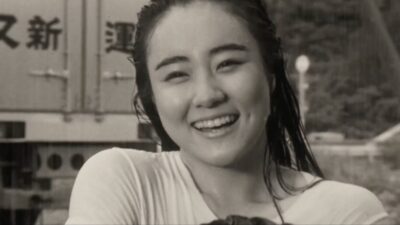
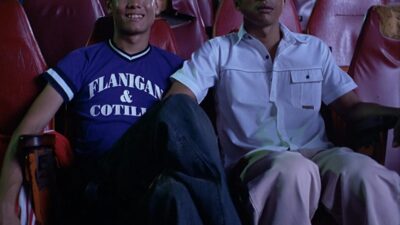

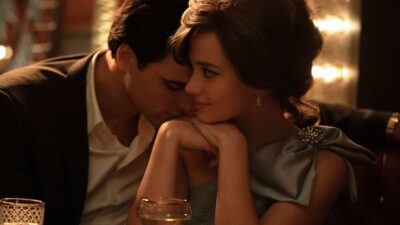

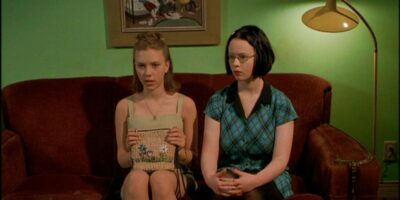
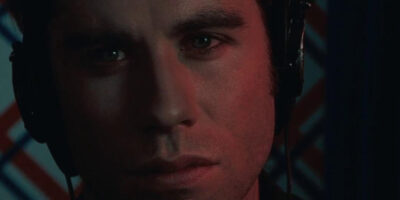
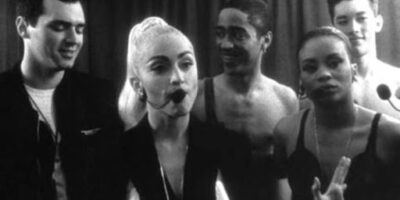
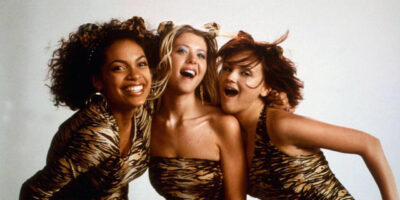
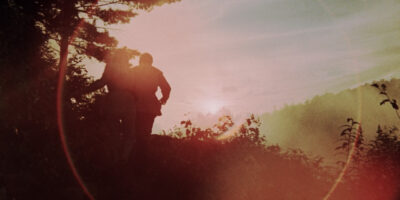
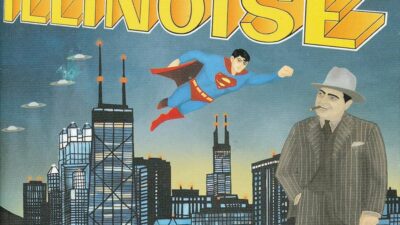



Comments